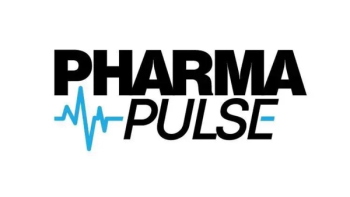
- Pharmaceutical Commerce - September/October 2011
HDMA distributor sales are up 4.6%, to $274.5 billion through 2010
New edition of HDMA Factbook sees growth in generics, and the beginning of a slide in branded-drug revenues
The effects of the pharma patent cliff are just beginning to be felt by full-line wholesalers, according to data published in the latest edition of the HDMA Factbook, from HDMA’s Center for Healthcare Supply Chain Research (Arlington, VA). Among branded, generic and specialty pharmaceutical sales, the proportions of each are down for branded (from 77 to 76%), about even for specialty (13.49% to 13.5%) and up for generics (7.7 to 8.3%). (Nonprescription product sales make up the rest.) Overall, however, the proportion of all pharmaceutical sales handled by HDMA members increased from 85.5 to 87%. (This figure does not include sales to other distributors.)
Other figures from the report: Average daily orders being processed is 1,965, and the volume of product types are more than 95,000, while net profit margin is 1.1%. The number of daily orders is up by about 200, while the number of product types is up by about 4,000—both indicating that the wholesalers are running faster to stay in place. However, all these numbers need to be balanced with the effects of mergers in the industry; in 2010, Kinray was acquired by Cardinal Health, and US Oncology by McKesson. Membership in HDMA declined by two to 34.
The new edition is available for purchase at the HDMA website.
Articles in this issue
about 14 years ago
A Roadmap to Optimizing Marketing Operationsabout 14 years ago
Fix the Drug Shortage Problem- Nowabout 14 years ago
Next chapter in drug shortages debate focuses on independent wholesalersabout 14 years ago
UPS Healthcare Logistics announces new cold chain optionabout 14 years ago
Contract Packagers, 3PLs Vie for Pharma 'Kitting' Servicesabout 14 years ago
2011 Product Security Report: Back to the Futureabout 14 years ago
Drug shortages are opening the door to price gougingNewsletter
Stay ahead in the life sciences industry with Pharmaceutical Commerce, the latest news, trends, and strategies in drug distribution, commercialization, and market access.





